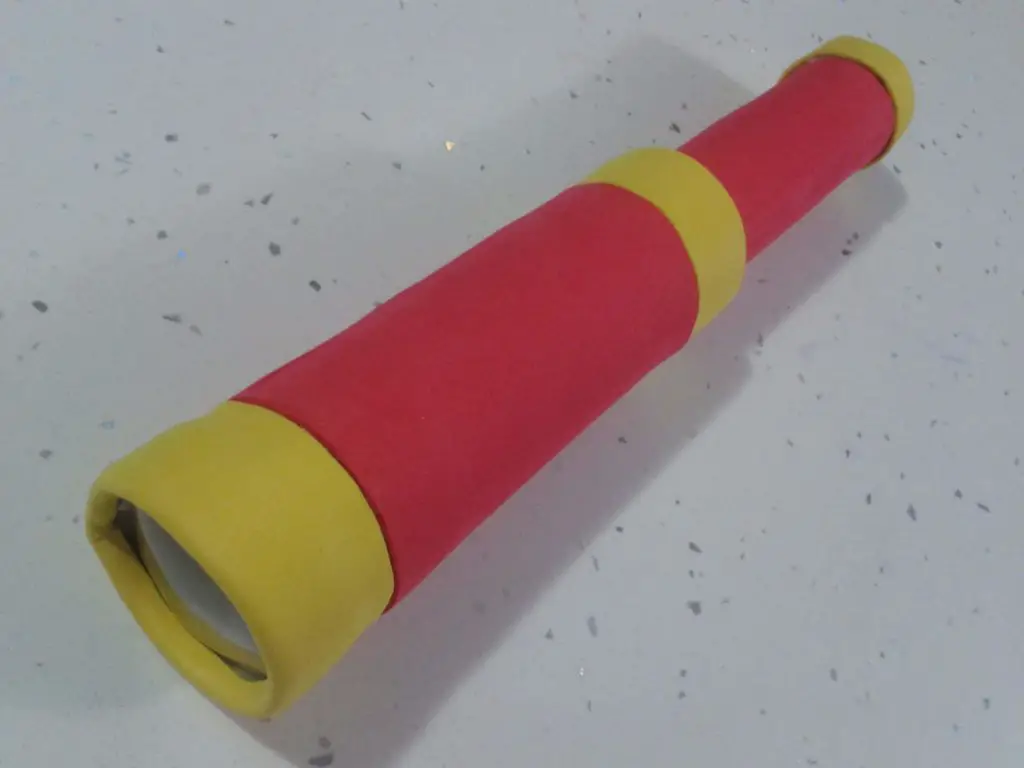
Hello everyone!
📽️ In today's post, we will comment on the following video: Érase una vez... Galileo. This video lasts about 25 minutes. Unlike the last video, in this one we are not going to find out specific contexts talking about measurment issues, but we, as a teachers, have to think about a way to introduce the topic, and in the following lines I am going to give you some clues to do it.
First of all, we must create a context where we explain our students that the video that we are going to see speaks about several important and transversal contents between subjects but that at the end of it we will focus on one of them.
This time our friends will not travel anywhere, but the Teacher will be in charge of explaining who Galileo was and what he did to be so famous in the world of mathematics, all this will take us to the topic of flat surfaces and volumes measurements.
In this class we will do games and activities to introduce the topic to the students. All the contents in the video are related with the history and natural science subject, so you can mix the classes so as to the students do not lose the motivation but to review and learn new contents. In addition, we will do 1 experiment, as in the previous classes.
After watching the video it is important to make an introduction in the topic, it is necessary to explain the contents that we will deal with. For that reason, we can use this web page where the measure, surfaces and volumen are explained, so we can explain in a brief introduction how we will do the exercises below.
⚗️ EXPERIMENT: for the different experiments that we are going to carry out, we must previously do an investigation with the students about what we are going to work on. In this case, we will tell the students that we are going to build a pendulum and a telescope like Galileo did, and for that we must look for geometric bodies we need, as well as their measurements and materials. First of all, we will build the telescope, in order to do that we can help ourselves from this web page where it is explained how to do it, also I enclose this video where it is also explained step by step how to create it.

From my point of view, it would be very interesting to create a tracking file where students can see the different steps of the process and we can give the measurements that each part of the telescope must have to work with them.

In order to create the pendulum we will follow the same process as with the telescope, creating a file, looking for the geometric bodies that compose it, as well as establishing some measures so that the students can work with them. In this case, we can change the measurements to kilometers, so that they must make conversions and work as previously studied. In the following web page you will find all the information to carry out the practice, and as always I also leave you a video where you can see the construction process. Moreover, in this web page you can find different exercises to do with the pendulum.

I hope you enjoyed this entry and you have accompanied us to the stars!
Marta 

📖 GLOSSARY:
Pendulum: is a weight suspended from a pivot so that it can swing freely. When a pendulum is displaced sideways from its resting, equilibrium position, it is subject to a restoring force due to gravity that will accelerate it back toward the equilibrium position. When released, the restoring force acting on the pendulum's mass causes it to oscillate about the equilibrium position, swinging back and forth. The time for one complete cycle, a left swing and a right swing, is called the period. The period depends on the length of the pendulum and also to a slight degree on the amplitude, the width of the pendulum's swing.
Telescope: is an optical instrument that makes distant objects appear magnified by using an arrangement of lenses or curved mirrors and lenses, or various devices used to observe distant objects by their emission, absorption, or reflection of electromagnetic radiation. The first known practical telescopes were refracting telescopes invented in the Netherlands at the beginning of the 17th century, by using glass lenses. They were used for both terrestrial applications and astronomy.

No hay comentarios:
Publicar un comentario